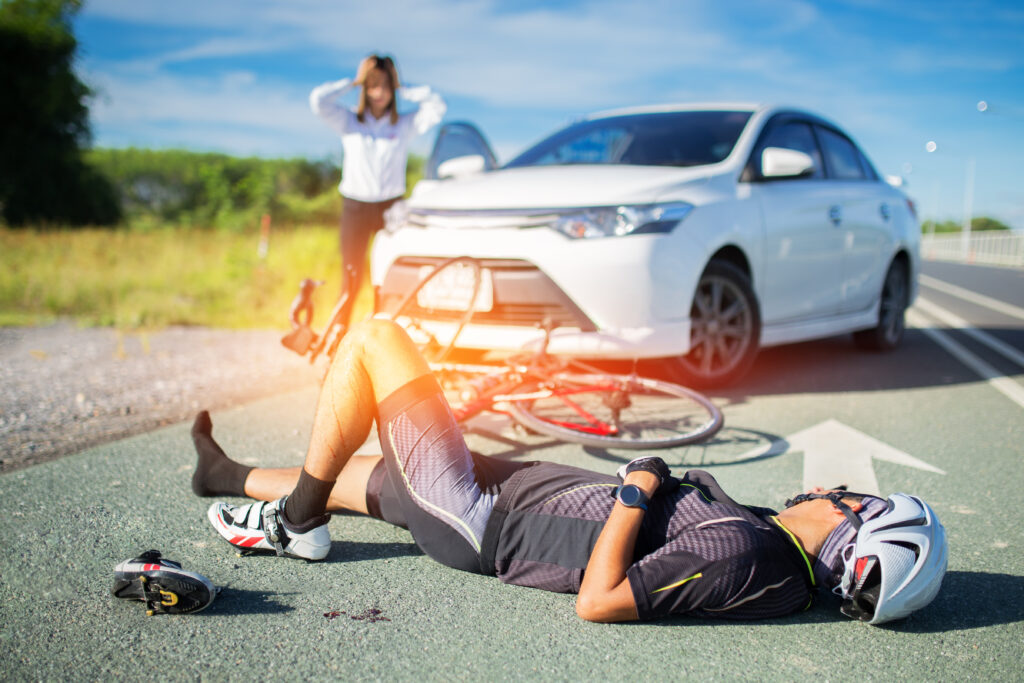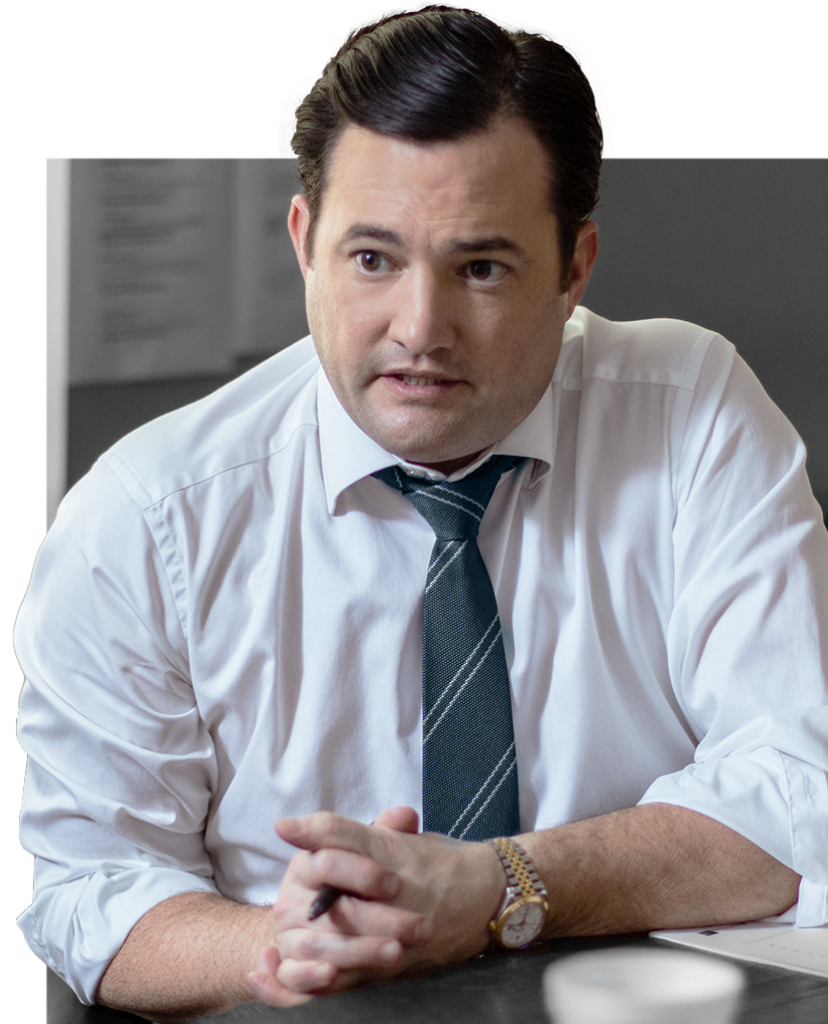How Often Is a Cyclist in a Collision With an Automobile?
Bicyclists and vehicle drivers must share the road so everyone can safely reach their destinations. Unfortunately, collisions between cyclists and automobiles are common and can be incredibly dangerous, especially for cyclists.
If you’re going to be out on the road, either as a driver or a cyclist, it’s essential to be aware of the risks surrounding bicycle and automobile accidents.
How Often Is a Cyclist in a Collision With an Automobile?
According to the National Highway Traffic Safety Administration (NHTSA), there were 966 cyclist fatalities and 41,615 cyclist injuries in crashes involving motor vehicles in 2021. These figures have been rising since 2019. Though bicycle trips make up only 1% of all trips in the United States, pedal-cyclist fatalities accounted for approximately 2.2% of traffic fatalities. Pedal cyclists are disproportionately at risk of injury and fatality on the road compared to those driving in motor vehicles.
What Factors Increase the Risk of a Cyclist Collision?
Any time a cyclist goes out on the road, there is a risk of getting into a collision with a motor vehicle. However, collisions are more likely under certain circumstances, including:
- When alcohol is involved: If either the motor vehicle driver or the cyclist has a blood alcohol concentration (BAC) above 0.01 grams, the risks of a collision are much higher. In 2021, 36% of all fatal cyclist-automobile collisions reportedly involved alcohol.
- Urban areas: Around 85% of pedal-cyclist fatalities occur in urban areas rather than rural areas.
- Areas away from intersections: Perhaps surprisingly, intersections are not the most dangerous area of the road for cyclists. While 29% of fatal cyclist-automobile crashes do occur at intersections, a much more significant percentage (62%) occurs away from intersections.
- Darkness: Cycling in the dark makes a fatal crash more likely, with52% of fatalities occurring during this period.
Certain groups of people are also more likely to get into fatal pedal-cyclist accidents with motor vehicles. Men are seven times more likely to be in a fatal accident than women, and the injury rate for men is four times higher than for women. Cyclists in the age range between 55 and 64 years old made up the highest number of pedal-cyclist fatalities and had the highest injury rates.
Florida has both the highest pedal-cyclist fatality rate per population and the highest total pedal-cyclist fatalities. Other states where cyclists comprise a high percentage of total traffic fatalities include New York, California, Arizona, and Texas.
Cyclist Safety Tips
Cyclists and motor vehicle drivers share responsibility for following the rules of the road. Though you cannot control how other people on the road behave, there are some steps that cyclists can take to help protect themselves from injury and death in motor vehicle accidents. Next time you grab your bicycle for a ride, try these safety tips:
- Wear bright colors and reflective gear: Given that most fatal cyclist collisions occur at night, it’s wise to make yourself more visible to drivers. Just because you can see a car doesn’t mean the driver can see you. Attach a light to your bike, wear reflective clothing, and try to make your presence obvious to drivers on the road.
- Use a helmet: Wearing a helmet reduces your risk of sustaining a head or brain injury in the event of a collision. Some states may also legally require cyclists to wear helmets.
- Follow all traffic laws: Just like motor vehicle drivers, cyclists must follow the traffic laws wherever they’re riding. Ride on the right side of the road, obey traffic signs, and yield to traffic when necessary. Failure to yield is a common cause of motor vehicle accidents.
- Stay alert: Road conditions that may not affect motor vehicle drivers can affect cyclists and put them in danger. Look out for things like potholes, stray gravel, and wet leaves, all of which could cause you to veer dangerously off course.
- Check your equipment: Before you set out for a bike ride, ensure your seat is at the proper height, your tires are inflated, and all bike parts are working correctly. A malfunction with your bike while you’re on the road can lead to a collision with a motor vehicle.
- Avoid distractions: Looking at your phone or other devices while bike riding may be tempting, but taking your attention away from the road puts you at risk. Avoid unnecessary distractions during your ride.
Common Injuries From Bicycle-Automobile Accidents
When cyclists and motor vehicle drivers get into accidents, it’s common for cyclists to sustain injuries. Some common injuries from these bicycle accidents include:
- Broken bones
- Dislocations
- Concussions
- Abrasions
- Rib fractures
- Catastrophic injuries
What Should You Do if You’re in a Cyclist-Automobile Collision?
If you’re in a collision with a motor vehicle while riding a bike and you sustain injuries, you may be entitled to damages. Taking the right steps after your collision will help you if you pursue a lawsuit.
- Call an ambulance if necessary. If you (or anyone else involved in the collision) sustained injuries that require urgent medical attention, call for an ambulance immediately.
- Contact the police: Even for a minor accident, it’s worth calling the police to file an official accident report. This report will be helpful evidence in any future lawsuit.
- Pursue medication evaluation: Even if you don’t think you have any severe injuries from the accident, get evaluated by a medical professional. Some injuries, especially head and back injuries, may not be immediately apparent. Your medical evaluation will document your condition, helping you get the compensation you deserve.
- Take down the driver’s information: You’ll need to collect information from the driver in the collision, including their name, driver’s license number, license plate number, insurance information, and registration.
- Collect contact information from any witnesses: If anyone witnessed the accident, ask for their contact information as well. Your lawyer can use their testimony to further understand your case and present evidence on your behalf.
- Take pictures: Collect photographic evidence of the accident scene. Pictures of your bike, the other vehicle, the road conditions, visibility, and your injuries may all be useful later.
Protection for Cyclists
Whenever you ride your bicycle on roadways, it’s important to take steps to protect yourself and reduce your risk of injury or death in a motor vehicle accident. However, if an automobile accident does occur, contact a skilled personal injury law firm, like Morris & Dewett Injury Lawyers, for quality legal representation that can help get you the compensation you deserve.









